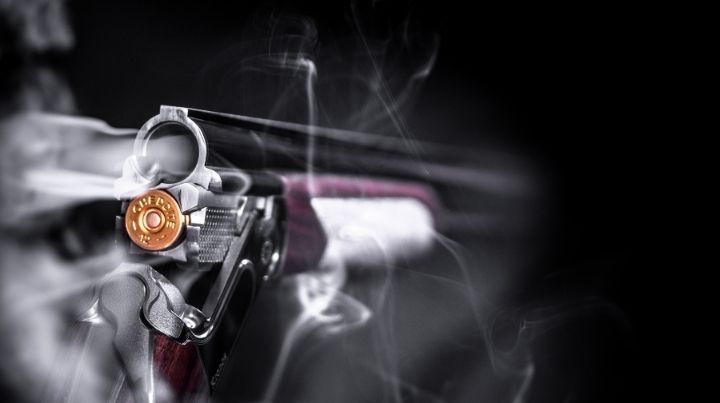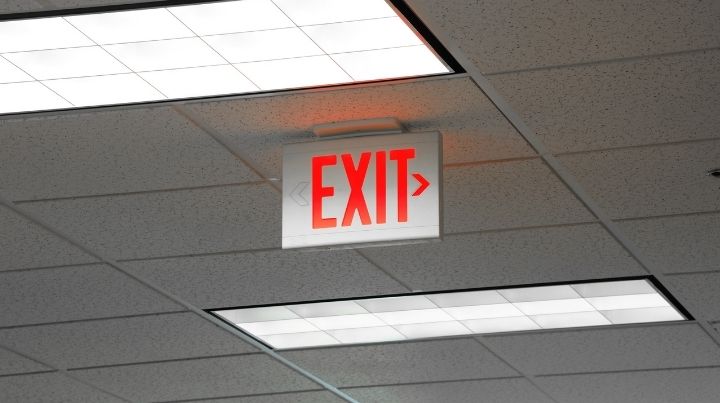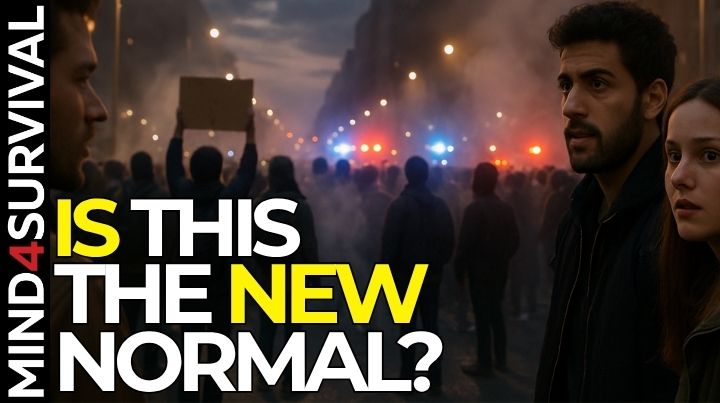Active Shooter Response: What Should I Do?

Shootings in crowded public places are on the rise. It seems like every other day, we hear about somebody opening fire in a shopping mall, school, or store. Have you thought about your active shooter response? What would you do if you were out and you heard shots ring out?
If you have already thought through the situation, you'll respond far more quickly when seconds count.
Your Active Shooter Response Plan
As with most things prepping, there isn't just one “right” way to handle it. An active shooter response is no different. There are many variables that determine your course of action. Here are a few:
- Do you have children with you?
- Can you escape without being seen?
- Is the shooter close or far away?
- Does it appear to be a targeted attack? Is the shooter just going after a specific person or place?
- Are you armed?
- How confident are you that you can accurately hit the shooter without harming an innocent bystander?
Knowing the answers to these questions can help you put your active shooter response into action more quickly.
Recognize the Sound of Gunfire
One thing you often hear in interviews with survivors is that they were confused about the sound of gunfire. Some people think they heard balloons bursting, while others describe trying to figure out what the “popping” sound is. It wasn't until people started screaming that they realized what was truly going on.
Part of this is cognitive dissonance. Regardless of our level of preparedness, some things are just so awful that it's hard to grasp they're happening to us right this second. Very Well Mind defines the term:
The term cognitive dissonance is used to describe the mental discomfort that results from holding two conflicting beliefs, values, or attitudes. People tend to seek consistency in their attitudes and perceptions, so this conflict causes feelings of unease or discomfort.
This inconsistency between what people believe and how they behave motivates people to engage in actions that will help minimize feelings of discomfort. People attempt to relieve this tension in different ways, such as by rejecting, explaining away, or avoiding new information.
It's a perfectly natural mental defense mechanism, but it won't do much for your physical well-being in the midst of an active shooter response.
Spending time at the gun range or watching YouTube videos with people shooting can help you familiarize yourself with the sound of gunfire so that you can recognize it instantly. This can help you move quickly into the OODA loop and take action.
Try to Exit
The safest course of action in an emergency is nearly always to leave. If there's a way to escape, take it, particularly if you have children with you. It's hard to launch an offensive while holding a three-year-old.
This is where your situational awareness comes into play. Hopefully, you've taken to heart all the articles on this site about the topic, and you know where the exits are. Do you have a clear path to the nearest exit? How far away is the shooter? Are you likely to catch his attention if you make a break for it? These are all questions you should be asking yourself.
Do not trap yourself on a stairway, escalator, or elevator. That's like shooting fish in a barrel. And can you guess who the fish is?
If You Can't Exit, Find Cover
If you are unable to exit the situation safely, the subsequent active shooter response should be to find cover. Don't confuse concealment with cover. Concealment means you're hidden. Cover means you are behind something that bullets cannot penetrate.
Concrete walls and support posts are sturdy sources of cover that you can find in many public places. Another option is large, sturdy appliances, like a refrigerator. If you're outdoors, a car's engine block can stop a bullet, but be sure to get behind the tire so that your feet aren't visible.
Whatever option you choose, stay down and make yourself a smaller target.
Know When to Fight Back
Sometimes, avoiding the conflict is not possible. Your active shooter response when fighting back depends on whether or not you're armed.
If you have a firearm and are absolutely confident you can hit the shooter and not hit innocent bystanders, choose a moment when he is looking away from your direction. If at all possible, set up your shot with a good backstop like the aforementioned concrete wall. Be realistic about your ability to make this shot.
If you are not armed, your attack will have to be ambush-style. If another person is willing to help, team up. One or both of you may get shot, but if you've chosen to fight back, it's because the risk of not fighting back is higher.
Time your active shooter response wisely. If the shooter's weapon malfunctions, take the opportunity to attack while he's distracted. The moment he reloads or switches to a different weapon is another opportunity.
Flank the shooter or come up from behind. One person should try to control the gun by pushing it downward. Do not stop until the threat is neutralized, and be prepared to use lethal force.
What Would Your Active Shooter Response Be?
What would you do if you were in public and heard gunfire? Do you agree with the response here? Share your thoughts in the comments.
Additional Resources:
Related Articles
FREE Guide
Read the Best Seller
Join Mind4Survival
Stay informed by joining the Mind4Survival! 100% Secure! 0% Spam!
Affiliate Disclosure...
Mind4Survival is a free, reader-supported information resource. If you make a purchase through our link, we may, at no cost to you, receive an affiliate commission.
Do You Want To Be Ready No Matter What?

Download our free 39-page guide with interactive, 7-Day Emergency Kit Checklist and take the first step toward real preparedness.
- Know exactly where to start.
- Save time and money.
- How-to build a complete Basic Emergency Kit.
- Level up your safety and security.
Join Mind4Survival
Stay informed by joining the Mind4Survival! 100% Secure! 0% Spam!







